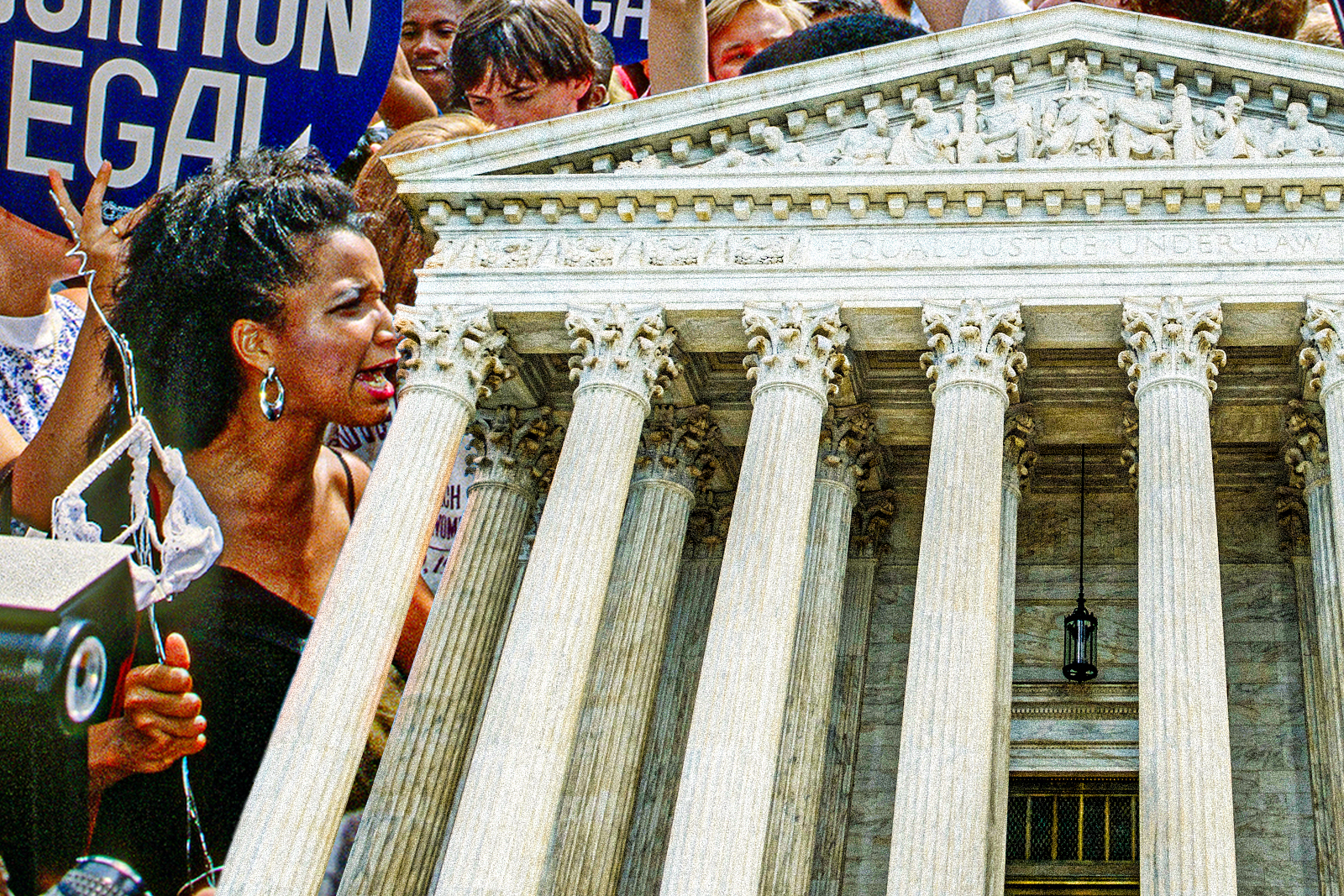
Roe v. Wade Highlights the Pros and Cons of Democratic Rule
After a leaked draft opinion spelled out the decision to overturn Roe v. Wade, millions of Americans began to panic.
Many Americans are furious. Opponents of the Court’s decision say it effectively prevents roughly 40 million women and girls in nearly two dozen states across the country from obtaining an abortion if they want or need one. However, some of those same states do allow abortions if the unwanted pregnancy is a result of rape or incest, or if the mother’s life is in danger. However, some states have completely banned abortions regardless of whether the women’s life is in danger.
At the same time, many Americans are pleased with the Court’s decision, which has now taken the law out of federal hands and placed it back in the hands of individual states.
Put simply, pro-choice advocates want the complete and full right to decide if and when they end their unwanted pregnancies.
Anti-abortion advocates believe that aside from extreme cases, and certainly in the third trimester, women should not be able to obtain an abortion since they believe this is tantamount to murder.
Of course, the story of Roe v. Wade is more complex. The Siskiyou, a weekly publication produced by students at Southern Oregon University, spells out the controversy. “Roe v. Wade started in 1970 and [was] finalized in 1973. The case involved Norma McCorvey, who went under the alias ‘Jane Roe,’ and the district attorney of Dallas County, Texas, Henry Wade. Roe went to the supreme court to enforce that abortion was a woman’s right to act on at any time and in any way during the pregnancy. Her protest came after she was pregnant with her third child and wanted an abortion. McCorvey wanted to challenge the Texas law on abortion because it was only available if a mother’s life was at risk.”
In 1973, Justice Harry Blackmun determined that state laws restricting abortion were unconstitutional because they violated a woman’s right to privacy per the 14th amendment. However, questions arose over what point in the pregnancy a state could take interest in the health of the baby. According to the Pew Research Center, “Blackmun created a three-tiered legal framework, based on the nine-month period of pregnancy, which gave the state greater interest and regulatory latitude in each successive tier.”
According to The Siskiyou, “During the first trimester, the woman could decide to terminate until the beginning of the second trimester. In the second term, the state could interfere and enforce the parameters of termination.”
From the third trimester, “the state could prohibit abortion to protect a fetus that could survive on its own outside the womb, except when a woman’s health was in danger.”
Then, an amendment to Roe v. Wade came in 1992 with Planned Parenthood of Southeastern Pennsylvania v. Casey. In this case, from Oyez, a law multimedia archive devoted to making the Supreme Court accessible to all, the court “imposed a new standard to determine the validity of laws restricting abortions. The new standard asks whether a state abortion regulation has the purpose or effect of imposing an ‘undue burden,’ which is defined as a ‘substantial obstacle in the path of a woman seeking an abortion before the fetus attains viability.’ Under this standard, the only provision to fail the undue-burden test was the husband notification requirement.” In this revision, the court abandoned the three-trimester parameters and instead adopted a new framework based on fetal viability.
Dobbs v. Jackson Women’s Health Organization was a case that was brought in 2018 when Mississippi’s sole abortion clinic sought to overturn a 2018 law that banned abortions performed after 15 weeks of gestation. This highlighted the issue of how each state creates and implements its laws regarding abortion rights.
Justice Samuel Alito recognized in his leaked draft that “In some states, voters may believe that the abortion right should be more even more extensive than the right Casey and Roe recognized. Voters in other states may wish to impose tight restrictions based on their belief that abortion destroys an ‘unborn human being’…Our nation’s historical understanding of ordered liberty does not prevent the people’s elected representatives from deciding how abortion should be regulated.”
In contrast to Alito, the dissenting Supreme Court justices, Stephen Breyer, Sonia Sotomayor, and Elena Kagan, wrote, “With sorrow – for this Court, but more, for the many millions of American women who have today lost a fundamental constitutional protection – we dissent. As of today, this Court holds, a State can always force a woman to give birth, prohibiting even the earliest abortions. A State can thus transform what, when freely undertaken, is a wonder into what, when forced, may be a nightmare.”
At this point, it is clear how divided America is on this issue. From a democracy standpoint, this is great news. The people are voicing their opinions and the Court is carrying out its duty to rule on such issues. In this case, of course, the Court has ruled against federal control and has returned the mandate to the individual States and the individual citizen.
All Americans must recognize the complexity of the United States as a republic. People on both sides must remain cognizant of the fact and ever grateful that America is not a monarchy, a theocracy, or a dictatorship. It is a republic, or more accurately a representative democracy, that honors laws made by the voting majority yet at the same time, through the Constitution, protects the rights of the minority from the will of the majority.
In many ways, both sides of the abortion argument are right and wrong simultaneously. Its controversial nature and the freedom of both sides to argue their position is what makes America great.

